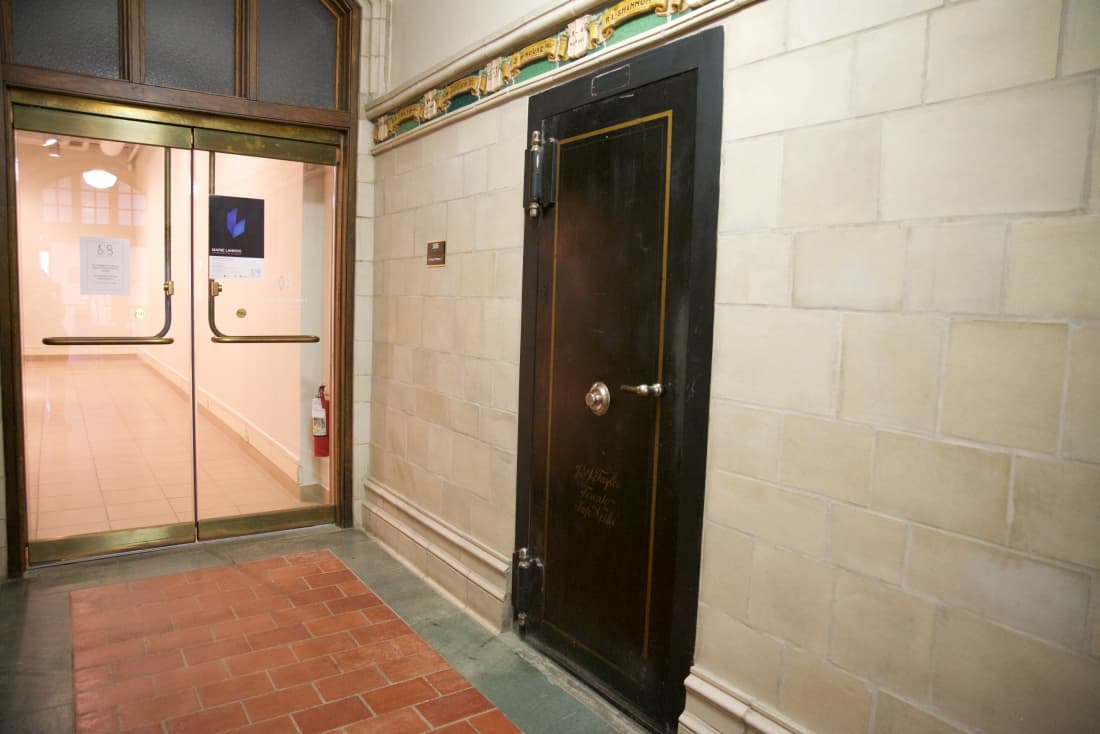
After two years of tightening their belts, the University of Saskatchewan has a $5-million surplus in their operating budget and are now restoring their reserves.
Through cost-cutting measures and diversified revenue generation, the reserves now carry $12 million as of September 2019. This came as a welcome surprise as they held only $2.5 million in March of this year and it was forecasted that the operating budget would borrow another $12.5 for 2019.
“We’ve been successful in balancing the budget but it is still quite tight, and because the previous statements were balanced because of one-time variances, there’s still work to do on ongoing costs,” said Greg Fowler, vice-president finance and resources at the U of S.
After the provincial government cut funding for the university’s operating budget as an austerity measure in 2015, the U of S dipped into its reserves. At the time, university coffers held $243.4 million, yet three years later they fell below the minimum amount dictated in university policy.
University reserves are supposed to carry between $15 to $60 million, a ratio determined based on their annual expenditures, to mitigate the risks faced by the institution.
Increased enrollment and raising tuition by an overall average of 3.4 per cent for 2019-20 played a part in offsetting the deficit, though Fowler maintains that “it’s a combination of a whole bunch of things that impact reserves.”
Fowler says that the one-time payment of $10 million from the provincial government was more significant to improving their financial status than the increase in tuition. Those grant dollars resulted from the university lobbying to restore the one-time $20 million cut from 2017.
“[Tuition] does help support the university but tuition is not as much of a factor in the budget as the government grant. The impact is good but we try not to use tuition to balance the budget — we’re looking at other factors,” he said.
Fowler says they are looking at long-term plans to stay on track with replenishing the reserves, including forecasting enrollment and tuition.
Fowler says they predicted modest inflows of revenue for the year. Instead, they saw a $10 million return on university investments and $5 million more than expected from fundraising endeavors.
Fundraising efforts are not without a cost. In August, The Saskatoon StarPhoenix reported that U of S President Peter Stoicheff spent over $49,000 in travel expenses last year. Fowler said it is “one of the costs of doing business.”
With $40 million in fundraising revenue expected next year, travel expenses reportedly see a “very, very large return on investment.”
Overall, Fowler is proud of the collaboration between administration and colleges in addressing the funding shortfall. The colleges saved $3 million this year through cost-saving measures.
“We’re all working together as a community, as a university, the senior leaders — which includes the deans and the vice-presidents — are all working together well to try and make the best we can to serve the students,” Fowler said.
—
Nykole King/ Editor-in-Chief
Photo: Victoria Becker/ Photo Editor